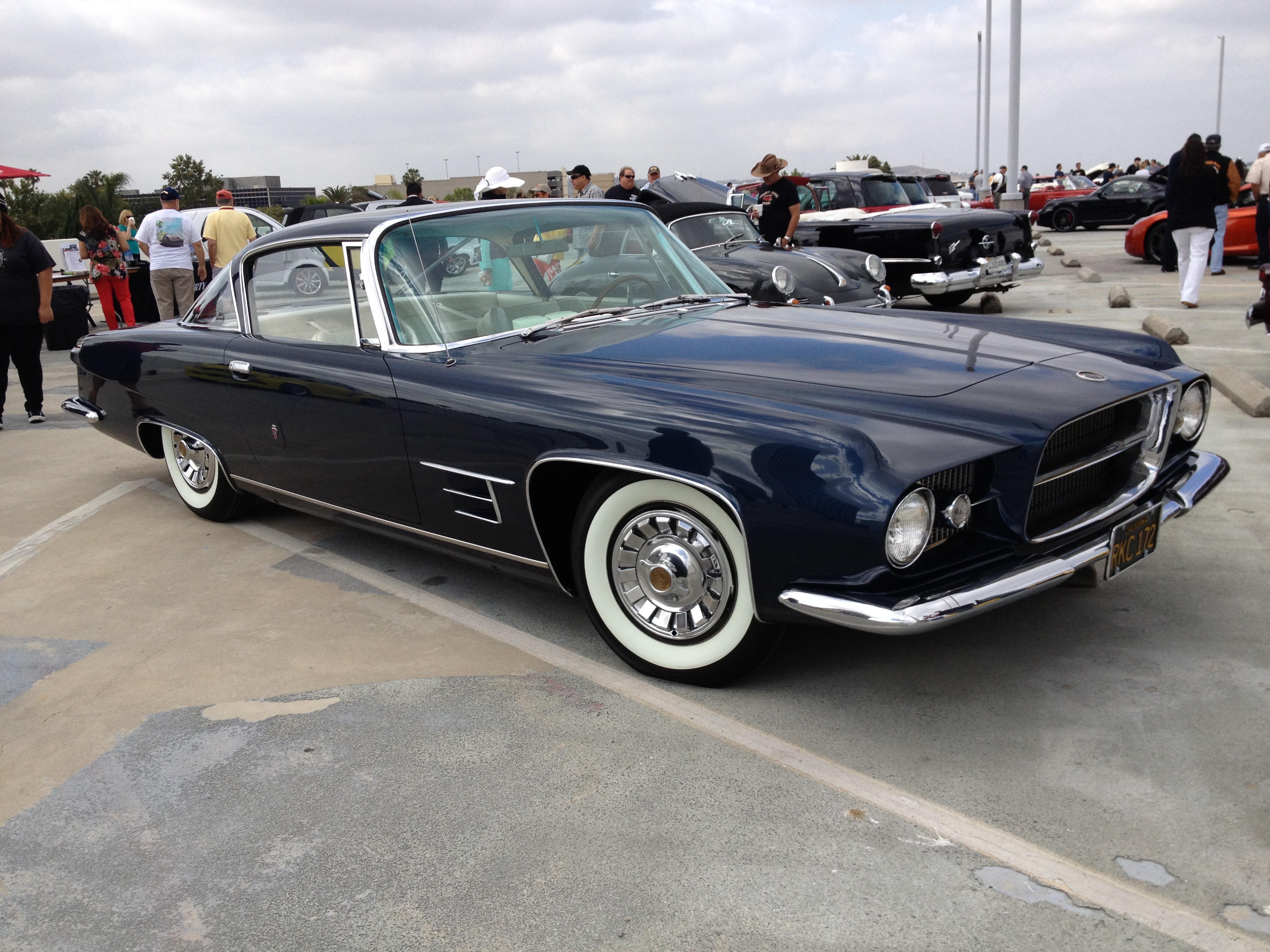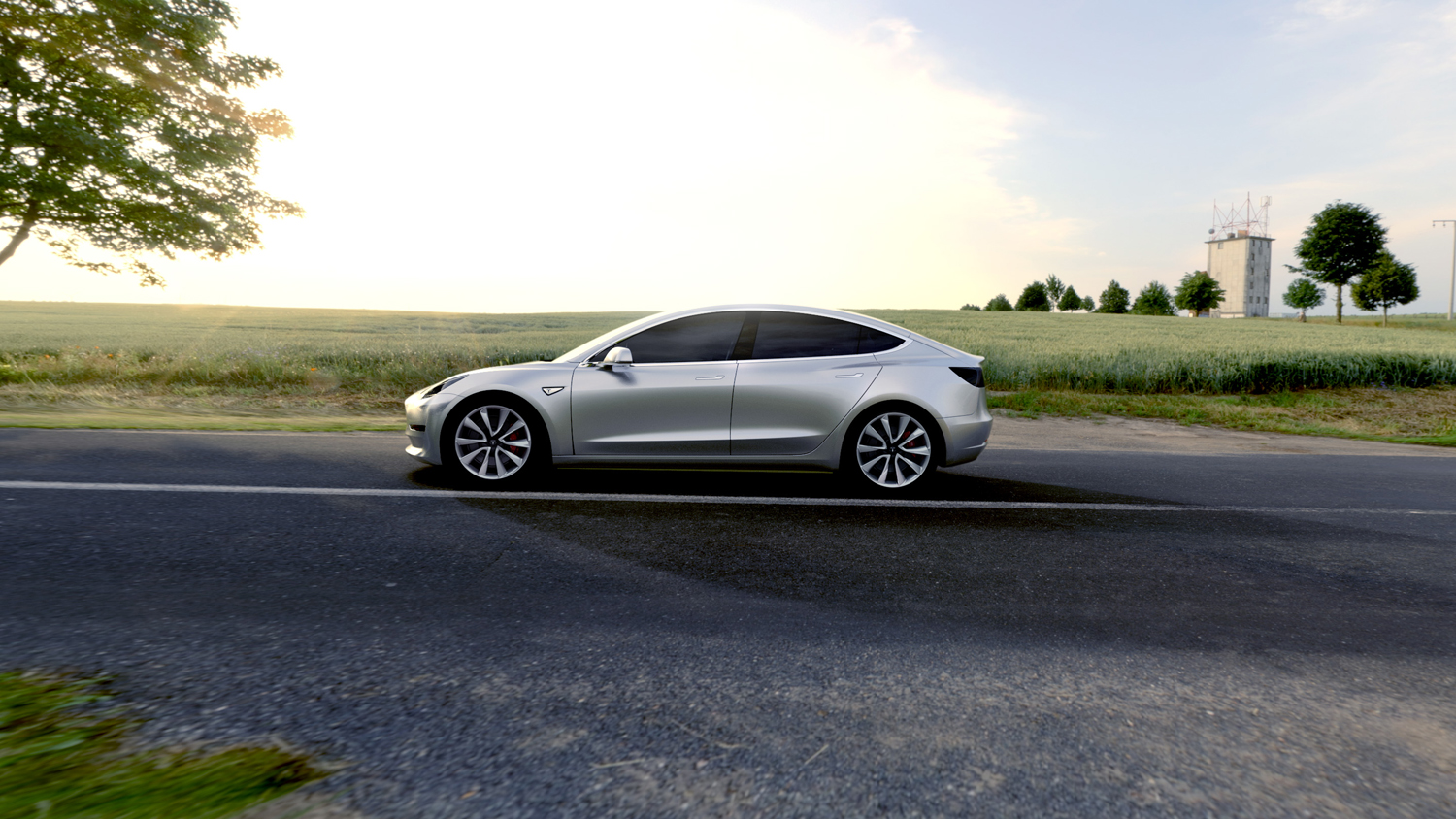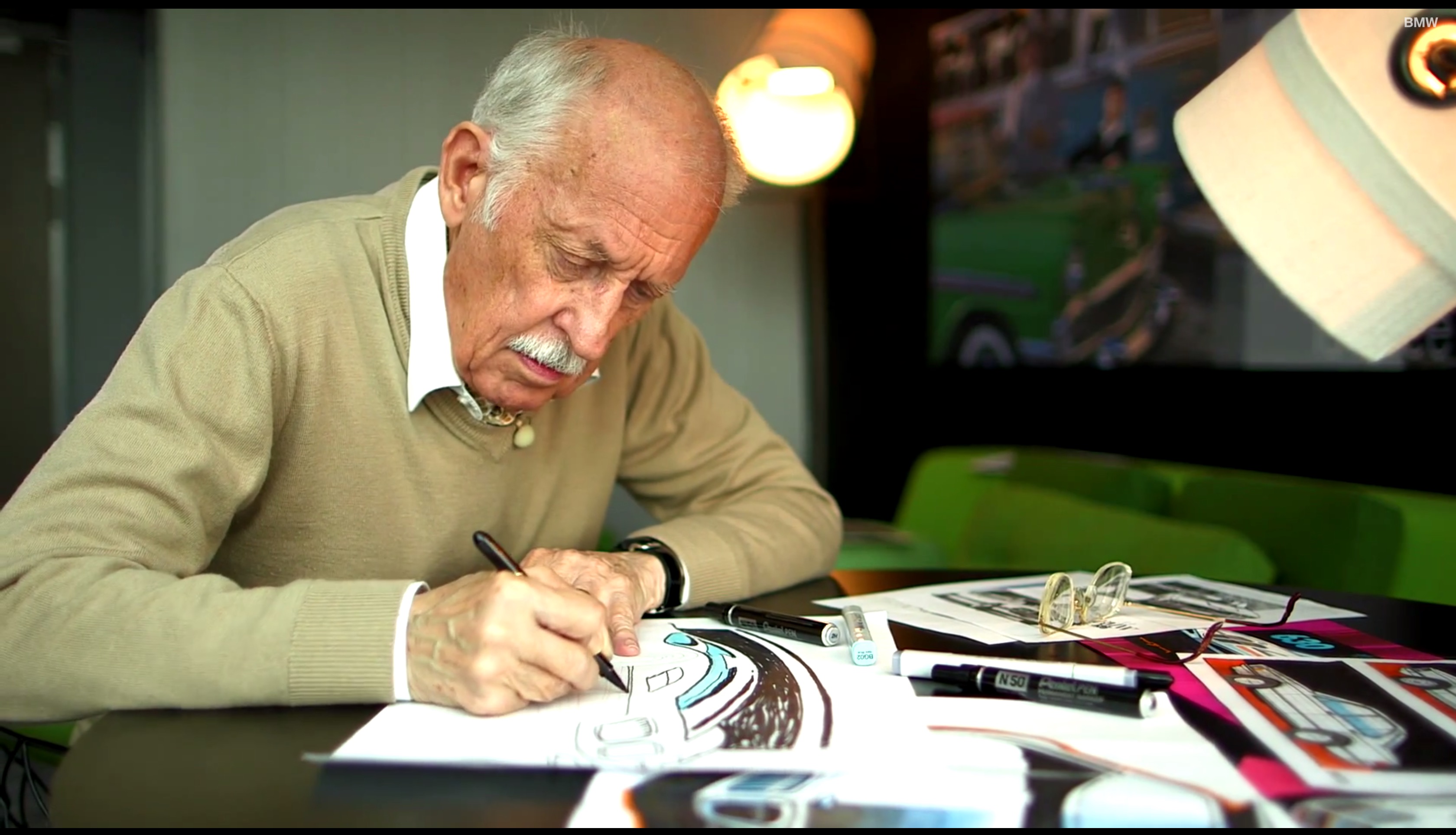1962 Ghia L6.4
Story by: Chris Brown
chris@brownautodesign.com
https://instagram.com/inspirauto/
[Editor’s note: This is the first in a monthly series of columns highlighting and dissecting interesting automotive design trends from the past century. Chris Brown is an Art Center alumnus and car designer who has held a variety of interesting gigs, from designing hot rods that have won the coveted America’s Most Beautiful Roadster and Good Guys Street Rod of the Year trophies to working as The Petersen Automotive Museum’s director of marketing for close to a decade. Brown was also the designer on TLC’s “Wrecks to Riches” television show. He currently operates Chris Brown Auto Design.]
Great car styling is a subjective concept. Some cars are universally thought of as beautiful like the Jaguar E-type. Some take a second look to appreciate. This ongoing editorial will attempt to explain the visual characteristics of automobiles in a way that will hopefully give you a greater appreciation for the car as an art form. We will explore new and old cars, concepts, customs, coachbuilt and production cars, exotics, muscle cars, classics, luxury cars, the popular, and as you are about to read, the esoteric.
Thanks to of the popularity Toyota’s gas-electric Prius, the word “hybrid” is part of today’s automotive lexicon but the term also has another automotive meaning. It is the result of merging a body from one country to the mechanicals from another. Probably the most famous example is the Shelby Cobra which merged a British AC body with an American Ford V-8. The vehicle that you find before you is another Anglo-American hybrid, and is known as a Ghia L6.4.
The story begins back in the 1950s in the Chrysler styling studios, where a prolific designer named Virgil Exner was propelling the company to the forefront of modern automobile design with an incredible series of concept cars built by the Italian coachbuilder Ghia. The cars were called “Firearrow” and were well received by the public, but Chrysler did not choose to put any of the concepts into production. Fortunately, Detroit industrialist Eugene Casaroll acquired the rights to the idea and worked with Chrysler to develop another concept, the “Firebomb” to explore production feasibility.
Ultimately the car went into production in 1956 as a limited production convertible under the name “Dual Ghia” which combined the name of Casaroll’s company- Dual Motors, with the name of the body manufacturer, Ghia. The Italian body sat on a Dodge chassis and featured a Dodge V-8. It quickly became a favorite vehicle of Hollywood’s elite, but it only lasted until the recession in 1958 when finances and Casaroll’s failing health doomed the brand to extinction. Ghia designer Paul Farago felt that the project still had legs and brought the concept in house. A sleek, redesigned body was built on top of Chrysler’s then new torsion bar suspension and new 383 cubic inch V-8. They christened it “L6.4” after the number of liters the engine displaced. Unfortunately the car suffered from extremely high production costs and only 26 were built before production inevitably ceased in 1962.
The resulting vehicle combined the dramatic flair of midcentury modern design, the massive presence of the American automobile, and the fine detailing one might expect to see from a European coachbuilder.

Front
1. The thin pillars and relatively flat roof cross-section combined with the low body side gives the car an open airy look popular in European car design.
2. The windshield’s distinctive shape betrays the car’s Mopar underpinnings.
3. Typical of Ghia designs from the 1950s, the front of the car features a prominent center grill with a grill on either side that stretches around the headlights and turn signals. The look works well on this car, combining the modern low and wide grill popular on early 1960s American cars with the upright formal grill proportion usually reserved for European luxury cars.
4. A delicate wing-like bumper ties the front together nicely, though it probably doesn’t offer much protection.
5. The wheel openings are an unusual inverted trapezoidal shape. In a three quarter view, they make the slab-sided body appear to taper as it gets closer to the ground.
6. This fender vent fills a void between the door cut and the wheel opening that would otherwise be too long. The upper bar is slightly larger and lines up with the bar that bisects all three grill openings.
7. Placing a thin chrome strip down low between the wheels tricks the mind’s eye into thinking the car is longer and lower. Mounting it just below the door sill provides a modicum of protection from the occasional shoe strike as passengers enter the vehicle.

Rear
1. A three-piece wraparound rear window gives the car a sleek aircraft-like cockpit.
2. These bullet-shaped turn signals appear to have been shot through the car only to stretch the quarter panels upon exiting, creating a dramatic crease that extends forward to a Ghia badge conspicuously placed on the door. The resulting a form is cantilevered over the back of the car like the roof of a midcentury modern diner.
3. Typical of European designs of the era, the rest of the rear lighting is comprised of a series of small circular protrusions that appear to be tacked on to the form rather than integral to its shape.
4. The thin rear bumper looks (and may just be) identical to the front bumper. Its low position and thin profile accentuate the car’s width.

Interior
1. A classic wood-rimmed Nardi steering wheel like that found on a contemporary Ferrari adds a touch of class.
2. The driver’s section of the instrument panel is wrapped in a businesslike black which contrasts well with all of the brightwork. The rest of the interior is simpler and is wrapped in white leather.
3. The dash wraps from the steering column to cascade down to the console in a waterfall of stainless steel and chrome.
4. If James Bond would have been an American, he might have driven an L6.4. The instrument panel is loaded with enough buttons, switches and gauges to satisfy the most discerning secret agent, pilot, or gadget geek. It even included a television-shaped speaker.







